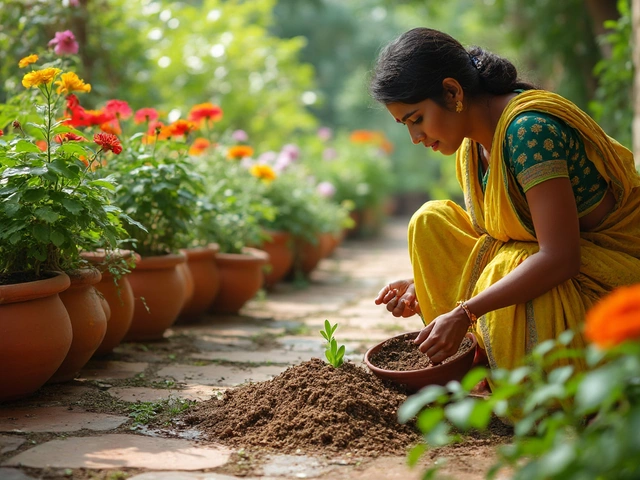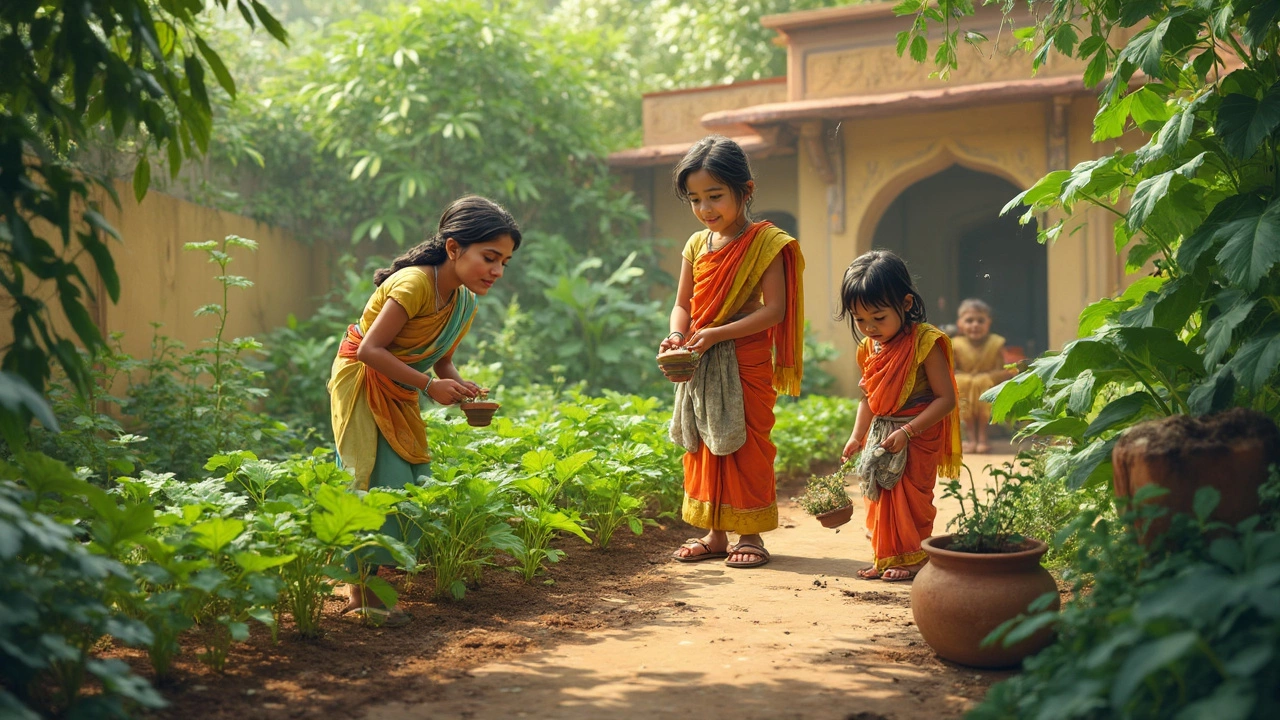Sustainable Vegetables: Grow Green, Eat Fresh
Want a veggie garden that’s good for the planet and your plate? You don’t need a fancy farm – just a few smart habits. Below are simple steps anyone in India can start today to raise vegetables that use less water, stay healthy, and leave a tiny footprint.
Water‑Smart Techniques
Water is the biggest expense for any garden, so saving it pays off fast. Drip irrigation is the gold standard – tiny tubes deliver water right to the roots, cutting waste by up to 70 %.
Make sure your drip lines are buried the right depth. A shallow burial (2‑4 cm) works for light soils, while heavier soil needs 6‑8 cm. This keeps the tubing protected and stops evaporation. If you’re on a tight budget, start with a DIY drip kit and use a simple timer to water early in the morning.
Soil & Compost Hacks
Healthy soil means vegetables need fewer fertilizers. Add kitchen waste, dried leaves, and garden clippings to make compost. A good mix of brown (dry) and green (wet) material breaks down in 4‑6 weeks and adds organic matter.
If your garden soil feels heavy, loosen it with a handful of sand, coconut coir, or extra compost. This improves drainage and lets roots breathe. For a quick boost, sprinkle a thin layer of compost around each plant and work it gently into the top inch of soil.
Companion planting is another low‑cost way to boost yields. Pair tomatoes with basil, marigold, or onions to repel pests. Plant beans next to corn – beans fix nitrogen, giving corn a nutrient boost.
When choosing vegetables, go for varieties that thrive in your local climate. In North India, broccoli does well during the cooler months; the “Broccoli Farming in India” guide shows how to get top yields with minimal inputs. In hotter regions, opt for okra, bitter gourd, or dwarf beans that love the heat.
Natural pest control keeps chemicals out of your food. Sprinkle neem powder, sprinkle crushed garlic, or spray a simple soap‑water mix to stop aphids and thrips. Beneficial insects like ladybugs and lacewings love a garden with diverse flowers – plant a few marigolds or sunflowers to invite them.
After harvest, think about waste reduction. Use vegetable peels for stock, turn over‑ripe produce into compost, and consider planting “zero‑waste” fruit trees that let you use every part of the fruit.
Quick checklist: set up drip irrigation, mulch beds with straw, add compost monthly, rotate crops each season, and keep a record of what works. Follow these steps and you’ll enjoy fresh, sustainable veggies without breaking the bank.
Most Sustainable Vegetable to Grow: What Actually Wins?
Trying to grow your own food but want to make the most eco-friendly choice? This article breaks down which vegetable tops the list for sustainability, from how much water and space it needs, to how tough it is against pests. You'll get straightforward advice, fun facts, and simple tips that actually make a difference. Find out how your home garden can leave a lighter mark on the planet. Make your next crop count for both you and the earth.
About
Sustainable Gardening
Latest Posts
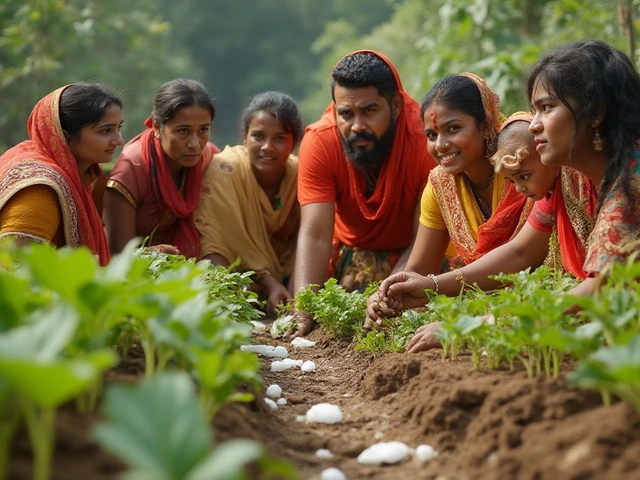

Which Fruit Is the King of India? All About Growing the Mango
By Alden Thorne Apr 19, 2025
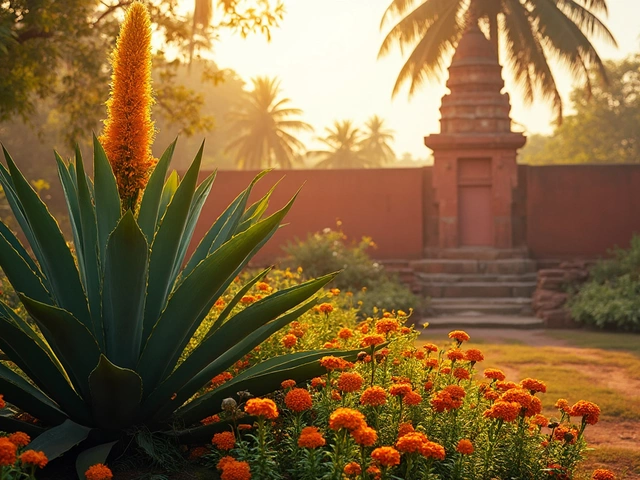
What Plant Only Blooms Every 100 Years? Exploring the Legendary Century Flowers
By Alden Thorne Apr 22, 2025
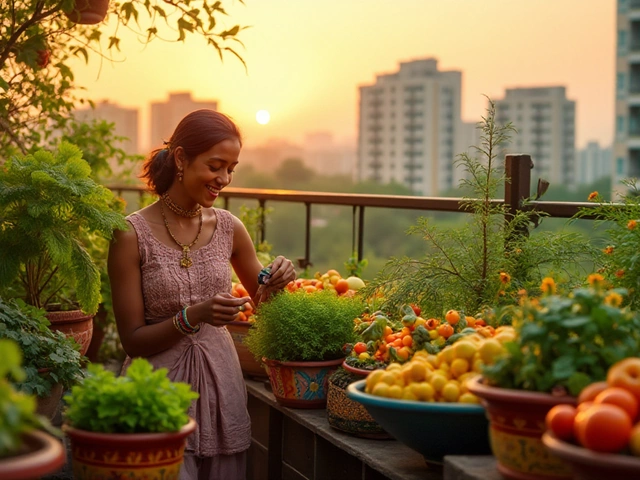
Best Fruits and Vegetables to Grow in Pots for a Thriving Balcony Garden
By Alden Thorne Jan 12, 2025
